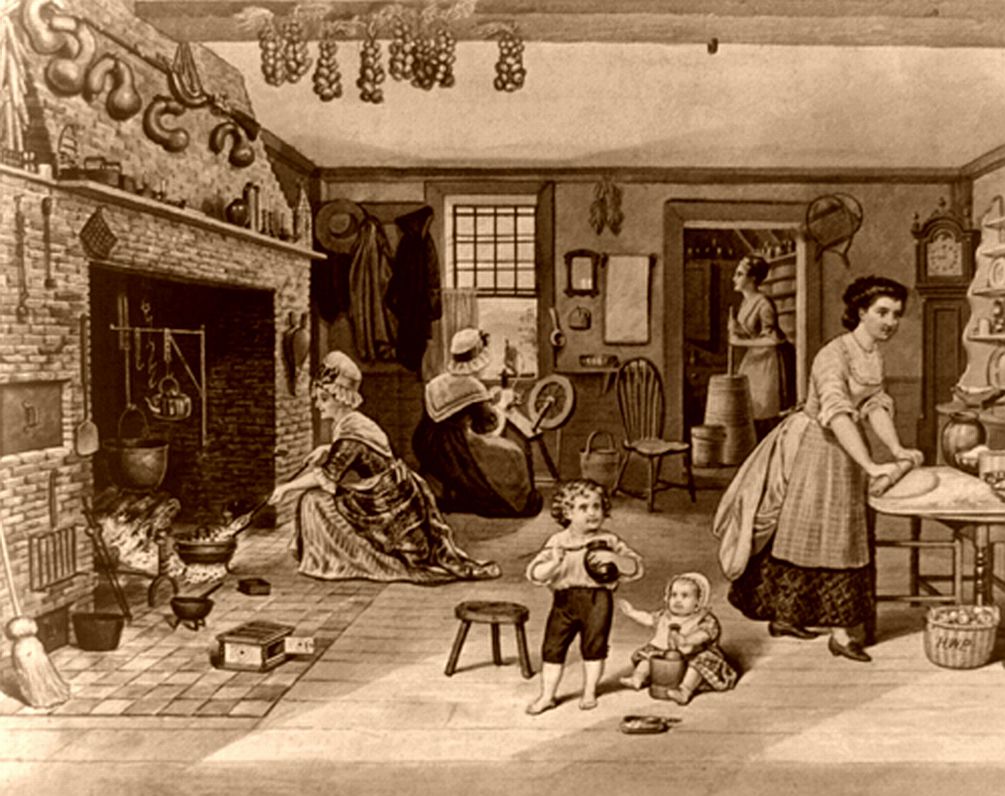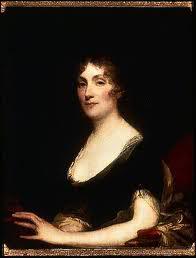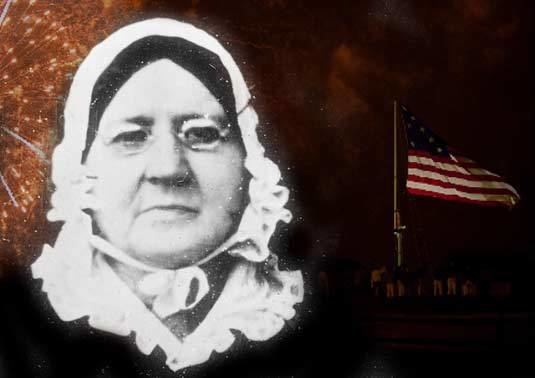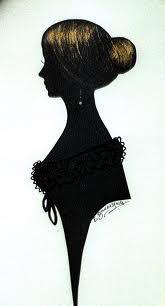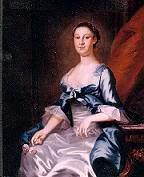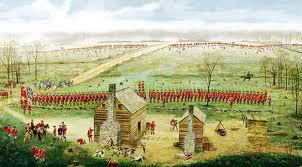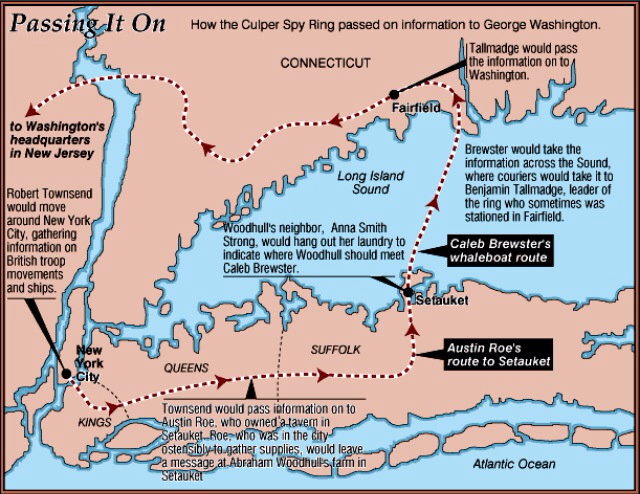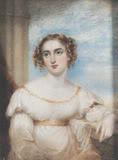Status of Women in the New United States In the American colonies it was not uncommon for women to pursue various occupations, such as printers, innkeepers, merchants and teachers. Women were excluded from political activities, but a few women, like Mercy Otis Warren and Abigail Adams, entered the political arena as public figures. Were women always treated fairly? Remember the Ladies On March 31, 1776 Abigail Adams wrote a celebrated letter to husband John, who was in Philadelphia serving in the Continental Congress, which would produce the Declaration of Independence three months later. In an age when women were seen as strictly domestic beings, the letter shows Abigail’s boldness and insight as she urged her husband Remember the Ladies, to…
